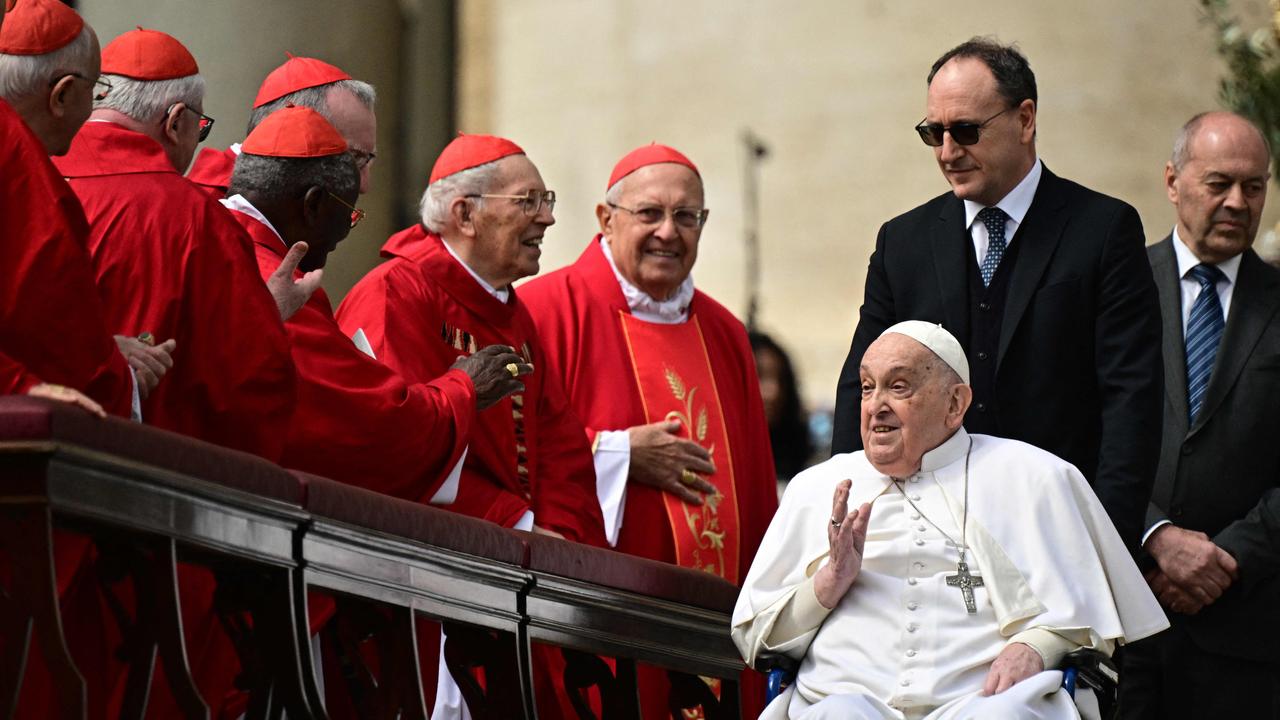China taps the brakes on a yuan rally
Central bank makes it easier to bet the currency will fall in value.

China made it easier for traders to bet the yuan will fall in value, a move analysts said showed that the country’s central bank wants to slow any further rally in the currency.
Buoyed by China’s economic rebound and the country’s relatively high interest rates, the yuan has just closed out its best quarter against the dollar in 12 years, and on Friday it hit 6.69 per dollar, the strongest since April 2019.
Starting Monday, banks no longer need to deposit 20% of their sales when buying and selling what are called currency forwards denominated in U.S. dollars for clients, the People’s Bank of China said Saturday. China has phased this system in and out several times since 2015, most recently reintroducing the deposit requirements in August 2018.
On Monday, the currency weakened about 0.3% to about 6.71 per dollar in both the tightly controlled onshore market and freer offshore markets in Hong Kong and elsewhere.
The central bank “wants to slow down the appreciation of the yuan for the time being,” said Zhou Hao, an economist at Commerzbank in Singapore. How effective that will be depends on who wins the U.S. election, and whether the Chinese economy continues to outperform and the dollar weakens further, he said.
Mr. Zhou said the yuan’s recent rally was also partly due to markets pricing in a win for Democratic presidential candidate Joe Biden, who investors see as more moderate on China, and that a victory for President Trump would “be very bad for the yuan, at least for a few days”.
National Golden Week holidays from Oct. 1 to Oct. 8 provided fresh indications of China’s economic recovery, with Citigroup economists saying the figures demonstrated an “obvious spending revival.” On Monday, Chinese stock markets gained, with the Shanghai Composite advancing 2.6%.
The timing of the central bank’s move suggested policy makers felt more optimistic about the domestic economic outlook, said David Chao, global market strategist for Asia Pacific ex-Japan at Invesco.
Mr. Chao said the Golden Week data showed that “the bulk of Chinese households feel comfortable leaving their homes and spending money.” News of a potential visit by President Xi Jinping to Shenzhen, where he might announce plans to open more parts of the economy to foreign investment, also buoyed stocks, he said.
Khoon Goh, head of Asia research at Australia and New Zealand Banking Group Ltd. in Singapore, said the central bank’s Monday reference rate for onshore yuan trading wasn’t “wildly weaker” than market expectations, suggesting the central bank wasn’t pushing too hard against the rally. The PBOC set a daily midpoint for the yuan at 6.7126 per dollar.
“This is all about helping people manage currency risks,” Mr. Goh said, since the 20% reserve requirement made it costly for firms and investors to hedge foreign-exchange risks.
Still, he noted that the central bank hadn’t abolished the reserve requirement, but merely set it to zero. “This is still a tool that they can utilise in future. They can increase it to 20% again to stem depreciation expectations if needed.” The PBOC said it would maintain the exchange rate’s flexibility and keep it at a reasonable level, and stabilise market expectations.
The Wall Street Journal



To join the conversation, please log in. Don't have an account? Register
Join the conversation, you are commenting as Logout